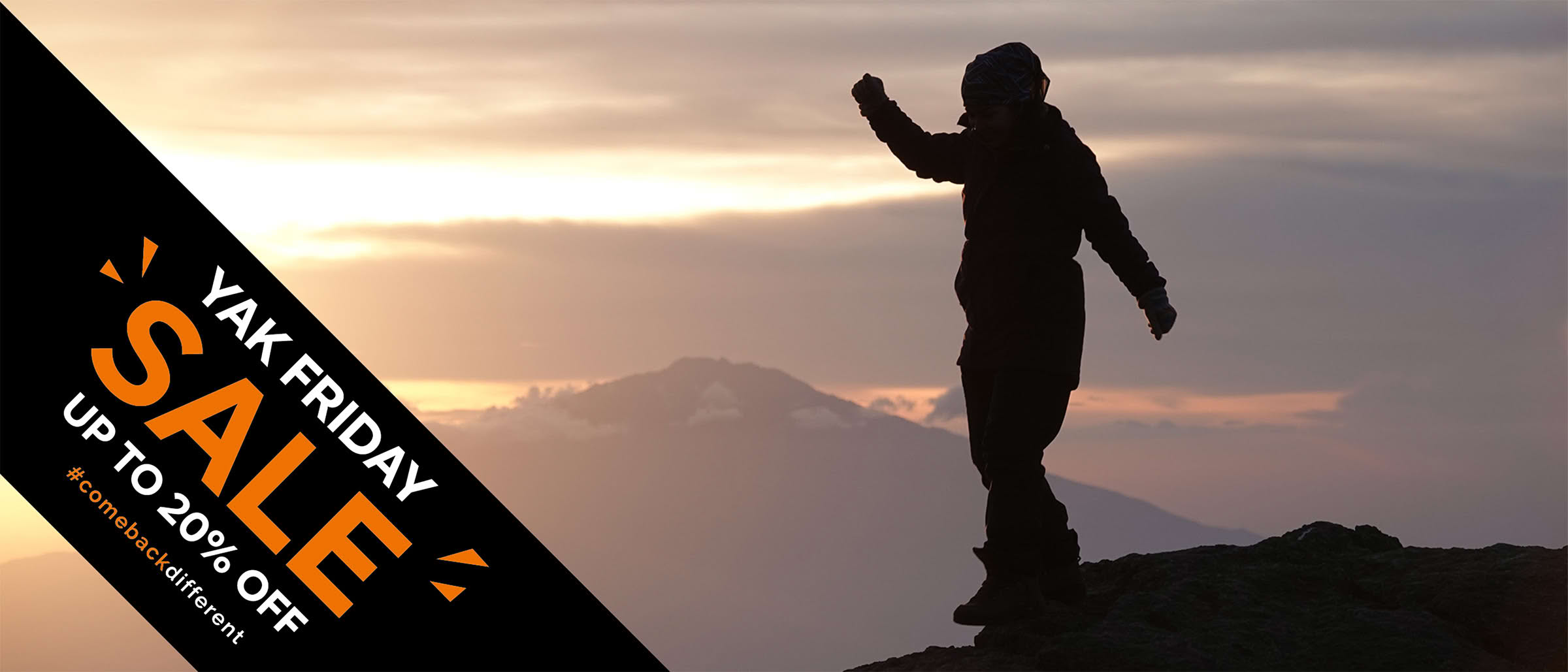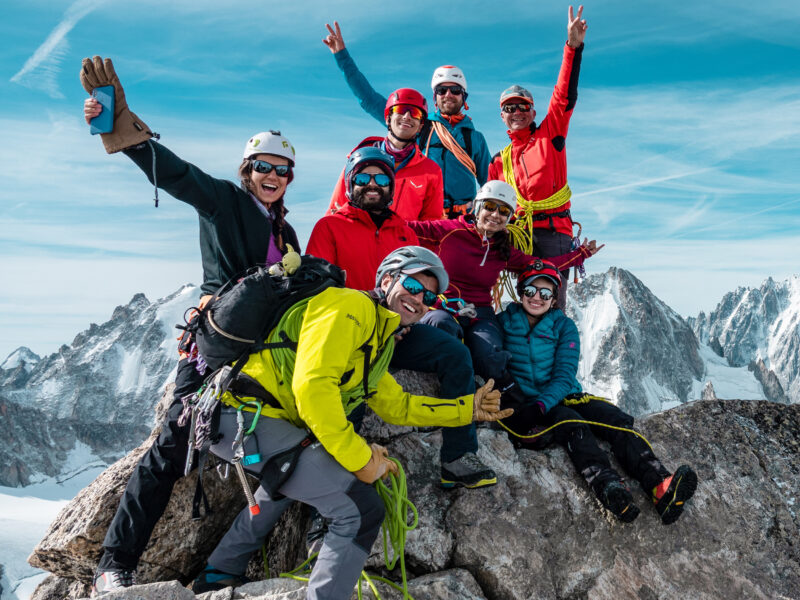BY Rami Rasamny | May 20 2025
What Are the Best Hiking Boots to Climb Kilimanjaro?

Because every step to the summit starts with what’s on your feet.
Climbing Mount Kilimanjaro is no ordinary trek. It’s a journey across five climate zones, up volcanic slopes, through clouds, and finally to the highest point in Africa. Whether you’re hiking Kilimanjaro for the first time or returning for another summit push, your boots will make or break your experience.
Let’s break down exactly what you need in a trekking boot and why it matters for your Kilimanjaro climb.
The Right Boot for the Right Mountain
You don’t need full alpine mountaineering boots to tackle Mount Kilimanjaro, but you do need something that can handle long distances, variable terrain, and changing weather. Here’s what to look for:
Waterproofing
From rainforest trails to snowy summit slopes, wet feet are a recipe for disaster. A good waterproof membrane like GORE-TEX or HDry keeps moisture out and helps prevent blisters, crucial on a multi-day hike.
Ankle Support
Climbing Kilimanjaro involves uneven trails, loose scree, and rocky ridges. A high-ankle boot provides stability, reduces the risk of rolling your ankle, and gives you confidence on both the ascents and descents.
Fit Matters More Than Brand
The best hiking boot is the one that fits your foot like it was made for it. Make sure:
- It’s wide enough for your foot shape, so nothing pinches or rubs.
- Your heel stays secure and doesn’t lift when you step forward.
- Your toes don’t jam into the front of the boot when walking downhill—a common issue when descending from the Kilimanjaro summit.
Test this by walking downhill or simulating a descent. Your toes should stay comfortably in place.
Weight vs Durability: What’s Best for Your Trek?
There’s no one-size-fits-all answer. It depends on your trekking habits.
- Heavier boots, often made from leather or rugged synthetics, offer long-term durability and support. These are great if you plan on trekking regularly after your Kilimanjaro climb.
- Lighter boots are easier on the feet, more breathable, and often more comfortable for beginners. If climbing Kilimanjaro is your first major adventure or you don’t expect to use the boots often afterward, these are a great option. Just be aware they won’t last as long.
Both types can work perfectly for hiking Kilimanjaro—just match the boot to your experience level and future plans.
How Warm Do Your Boots Need to Be?
Most trekking boots on the market offer enough insulation for Kilimanjaro. The real cold only hits hard on summit night, and even then, it’s a few hours of exposure before sunrise.
The best way to stay warm is to layer your socks smartly:
- Use moisture-wicking liner socks to manage sweat.
- Add warm, breathable outer socks for insulation.
Most importantly, try your boots on with the exact socks you plan to wear on the mountain. A perfect fit in thin socks means nothing if your summit layers make them too tight.
Tried and Tested Boots for Your Kilimanjaro Climb
Here are some reliable models we’ve seen perform exceptionally well on our Kilimanjaro expeditions:
La Sportiva
- TX Hike Mid GTX – A lighter boot with great traction and comfort for first-time trekkers.
- Nucleo High II GTX – Balanced in durability and breathability, suitable for a broad range of trekkers climbing Mount Kilimanjaro.
Scarpa
- Zodiac Plus GTX – Versatile for mixed terrain, supportive for long days.
- Terra GTX – A classic leather trekking boot for those who want a tough, long-lasting option.
Salomon
- Quest 4 GTX – A favorite for many on the mountain. Excellent grip, comfort, and ankle support, especially for longer hikes.
Lowa
- Renegade GTX Mid – Durable enough for the full trek, yet comfortable enough for less experienced hikers.
Hanwag
- Tatra II GTX – A more robust boot with a wider fit, ideal for trekkers who want a dependable option across multiple expeditions.
Final Thought
When climbing Mount Kilimanjaro, your boots are your foundation. They carry you over lava rock, through alpine meadows, and up toward that final summit ridge. Choose a pair that fits well, supports you through every step, and matches the type of trekker you are.
At Life Happens Outdoors, we’ve guided hundreds of climbers up Kilimanjaro, and if there’s one truth we’ve learned, it’s this: every great journey starts from the ground up, so make sure you’ve got the right boots on.
Planning your own Kilimanjaro climb?
Explore our Kilimanjaro itinerary and speak to one of our Team Leaders to get gear guidance, packing tips, and everything else you need to get to the top.
About The Author
Rami Rasamny is the founder of Life Happens Outdoors, a premium adventure travel community dedicated to transforming lives through curated outdoor experiences. A mountaineer and entrepreneur, Rami has led teams on some of the world’s most challenging peaks, from the Alps to the Himalayas. His mission is to make adventure accessible, transformative, and safe for all who seek to push their limits and Come Back Different.
About Life Happens Outdoors
At Life Happens Outdoors, we believe in the power of nature to transform lives. As proud members of the Adventure Travel Trade Association (ATTA) and the World Travel & Tourism Council (WTTC), our team of certified guides and outdoor professionals is committed to the highest standards of safety, sustainability, and excellence.
Discover more about our story and mission on our Meet LHO page, or explore our curated adventures such as the Tour du Mont Blanc Trek, the Climb of Kilimanjaro, and Chasing the Northern Lights.















